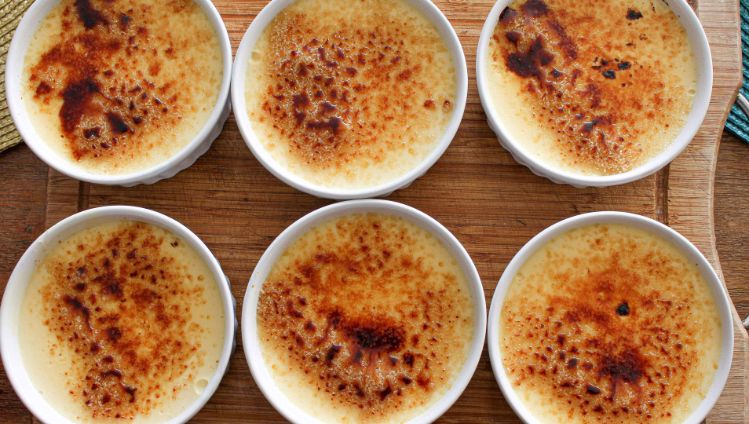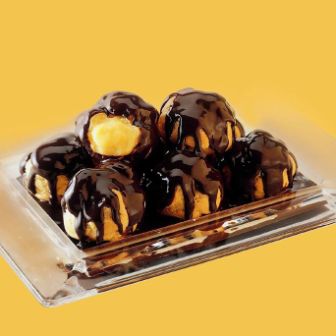
What happens when you brown milk?
Browned milk smells strange and is annoying when it happens at home. However, in some cases this procedure is quite intentional and makes for a delightful taste.
Have you ever heated milk at home and let it boil for too long? If so, you've no doubt noticed that it turns a slightly brownish colour and the taste also changes. Experts refer to this as the Maillard reaction (or non-enzymatic browning). It is named after the French natural scientist Lois Camille Maillard (1878–1936) and is one of the most important chemical reactions in the food industry.
Sugar, protein and heat
We'll spare you the details and limit ourselves to the essentials. For this reaction to take place, it needs sugar, protein and heat. Depending on how much heat is applied, a variety of aromas are created, which are sometimes desirable, but can sometimes be annoying. The milk also turns the food a brownish colour. With most dairy products the Maillard reaction is undesirable, so heat is only applied gently.

Ideal for chocolate
In the case of roller dried milk powder, which is used in the chocolate industry, the heat is turned up high deliberately. This creates flavours that go well with chocolate. In other foods, the Maillard reaction is explicitly promoted, for example when you baste a roast with a sweet honey marinade (there is enough protein in the meat) or you brush a Zopf plaited bread loaf with protein-rich egg yolk (there are sufficient carbohydrates in the bread).
Browned fruits, caramelised sugar
Besides the Maillard reaction, there are other important browning reactions in foods:
- Enzymatic browning, especially for fruits: Since this kind of browning needs oxygen, it occurs when an apple is cut up and left to sit out in the air uncovered.
- Caramelising: Everyone's likely to have heard of this before. Caramelising happens when sugar is gently heated to 170°C.
The sun also triggers browning reactions. But now the warmest months have passed, many people have already seen their summer tan start to give way to a winter pale. This allows the skin to recover. Besides, instead of sizzling in the sun, we can enjoy tasty food that has been browned by a chemical reaction instead.

